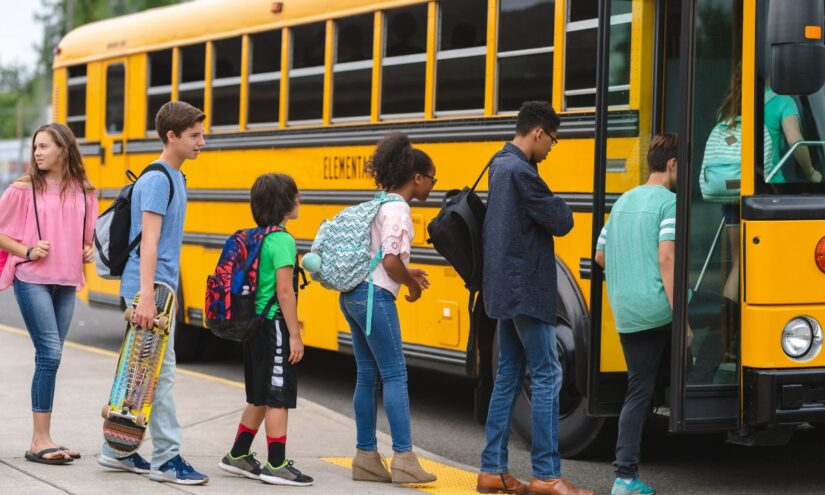Reflecting on the tenets that shape our educational practices is fundamental for …
State to Increase Funding to Assist Districts with Student Transportation Costs
Emma Wordsmith

Every day, morning and afternoon, a fleet of yellow buses travels all around the state, collecting and dropping off Georgia students.
Keeping this vast transportation system running smoothly is no small expense – Georgia’s school districts collectively spend over $1.2 billion to ensure the safe transportation of students between school and home. As student enrollment increases and the costs of buses, fuel, and labor rise, these expenses continue to climb.
For more than twenty years, local districts have been solely responsible for covering these costs. According to the Georgia Budget Policy Institute, state funding for transportation has remained relatively stagnant since the early 2000s. In the past, state funds contributed over half of the transportation costs for districts, but that figure has now dwindled to about 17%.
The proposed 2025 budget from Governor Brian Kemp, announced on Thursday, aims to alleviate this burden by providing an additional $205 million, covering 40% of operational costs. This increased spending is part of a larger $1.4 billion investment in education, which also includes salary increases for teachers and grants for school safety.
“By fulfilling our obligations as a fiscally responsible state, we are fulfilling our obligations to our local school systems,” wrote Kemp.
While funding for yellow buses may not generate as much attention as teacher raises or grants for school resource officers, Stephen Owens, director of education at the Georgia Budget and Policy Institute, emphasizes the significance of these dollars. Owens explains that this funding will have a lasting impact, setting a higher baseline for funding compared to past one-time allocations.
“This is a major step forward for districts. When combined with other formula changes, such as the $100 million allocated for school security grants, which will become an ongoing budget item, the impact on districts will be tremendous,” Owens stated.
Owens also noted that the allocated amount will not adjust for inflation, meaning that future governors and legislators will need to take action to maintain funding at the same level if costs continue to rise. However, for now, reducing bus costs will free up funds for schools to address other critical needs.
“Schools will receive these state funds as a pool of money, providing districts with significant flexibility in how they allocate the funds,” Owens explained. “This will enable them to allocate more funds towards substitute teacher pay, updated curriculum, and potentially continue programs that were initiated during the pandemic using federal funds, now with the support of local dollars.”
With federal pandemic relief funds set to expire in September for schools nationwide, districts, especially those in economically disadvantaged areas, are likely to face cuts to staff, programs, and extracurricular activities.



